How Does a Combo Washer Dryer Work?
-
Greg Iacono
- Last updated:
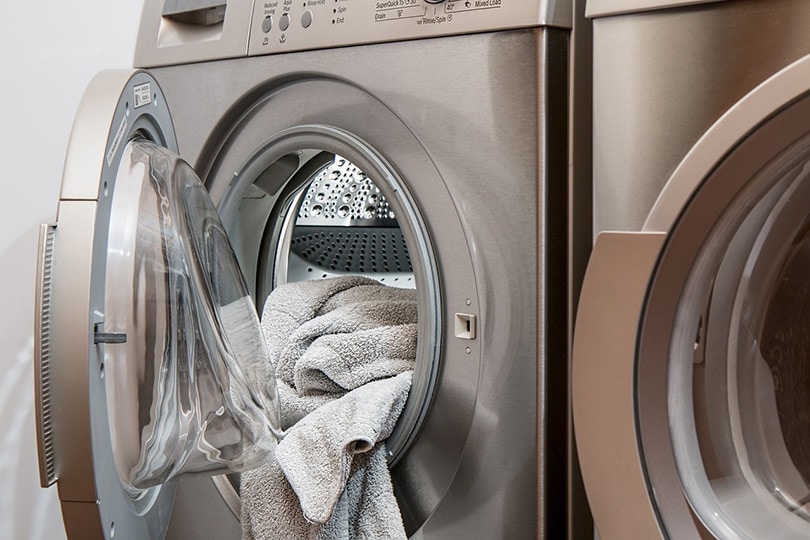
Millions of people have spent vast amounts of time and energy washing clothes and hanging them out to dry. That chore, however, was made substantially easier with the invention of the washing machine and dryer.
As the name suggests, a combo washer dryer is a large appliance that combines both a washer and a dryer (not to be confused with a stackable washer and dryer.) If you’re curious about how this relatively newfangled contraption works, the information below will be very valuable. We discuss how a washer-dryer combo performs this seemingly magical feat, as well as its pros and cons. We finish up with an in-depth FAQ list to help you out even more!
How Does a Washer Dryer Combo Work?
The easy way to explain how a washer-dryer combo works is that you put the dirty wash into it, push a few buttons, and, when the timer rings, your clothes are clean and dry. Of course, that explanation tells you nothing about what’s going on inside the machine. It’s not magic but an intricate combination of a washing machine’s parts and processes and a dryer’s parts and processes. Let’s break it down a little to make it easier to follow.
1. The Washer Is Exactly the Same
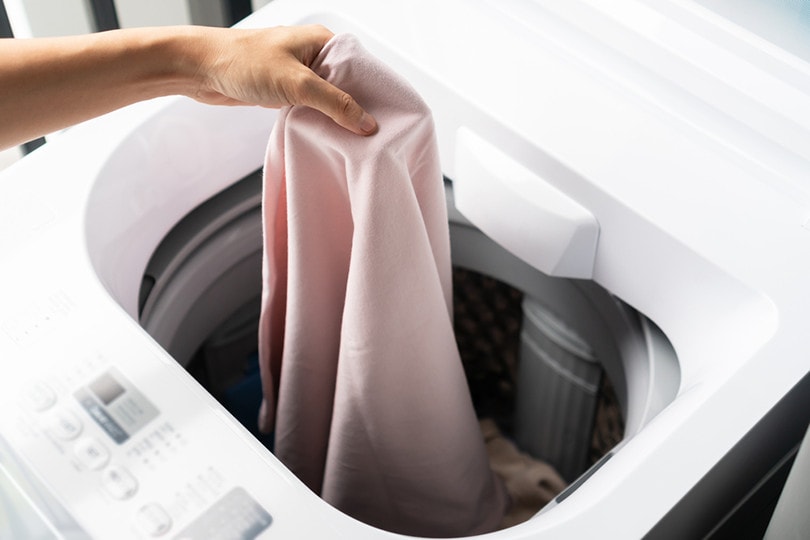
The washing machine in a washer and dryer combo is put together and works exactly like a traditional washing machine. The detergent drawer is located on the top for detergent and fabric softener.
Cold water is piped in via a hose through the back of the machine during the filling cycle, and the drum agitates when the water reaches the correct amount. At the end of the wash and rinse cycles, the spin cycle uses centrifugal force to extract the water from your clothes and drain it. What you get are damp clothes that then need to be dried.
2. The Dryer is Different
In a washer-dryer combo, the main difference is the dryer. Traditional tumble dryers use large drums that can fit a lot more wet clothes. They also have a water tank for the steam they collect, which turns into water. With a combo washer dryer, the drum is much smaller, and there’s no water tank since the collected water drains out the back with the other water from the wash cycle.
3. A Ventless Washer Dryer Combo Is Slightly More Different
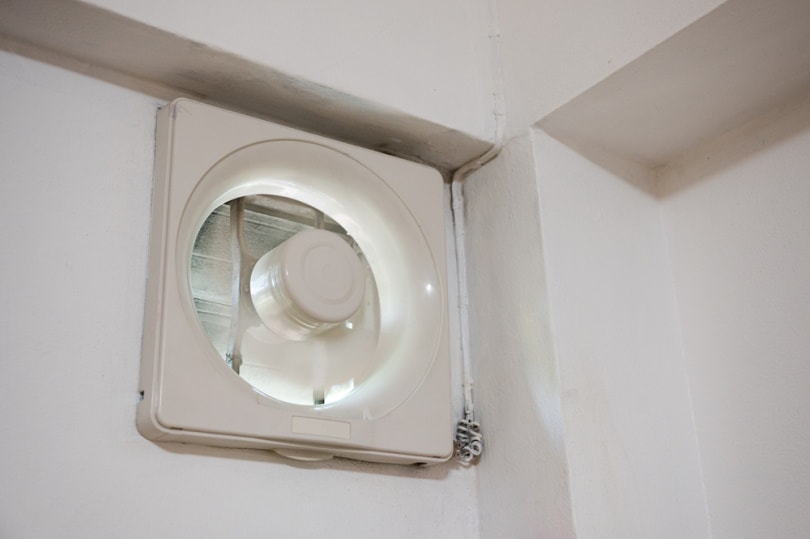
In #2, we explained how the dryer differs from a vented washer-dryer combo. If you go for a ventless combo, there’s one more difference. With a ventless combo, the steam your wet, heated clothing creates is sent to a condenser tank, where it cools and turns into water once again. This cooled water is drained from the same hose that drains the water from the washer. In short, no steam comes out when your clothes are drying.
4. Washer Dryer Combos Don’t Have Lint Filters
With a combo, the lint in your clothes is washed out with the water and exits out of the water hose. That means no leftover lint and none of the dust-creating mess it can (and usually does) make. In theory, that should be the end of it, but depending on how much lint your clothes produce, it can clog up the exit hoses. For some, that’s a bigger and more annoying problem than the mess lint creates.
5. The Heat Exchanger Is a Key Difference
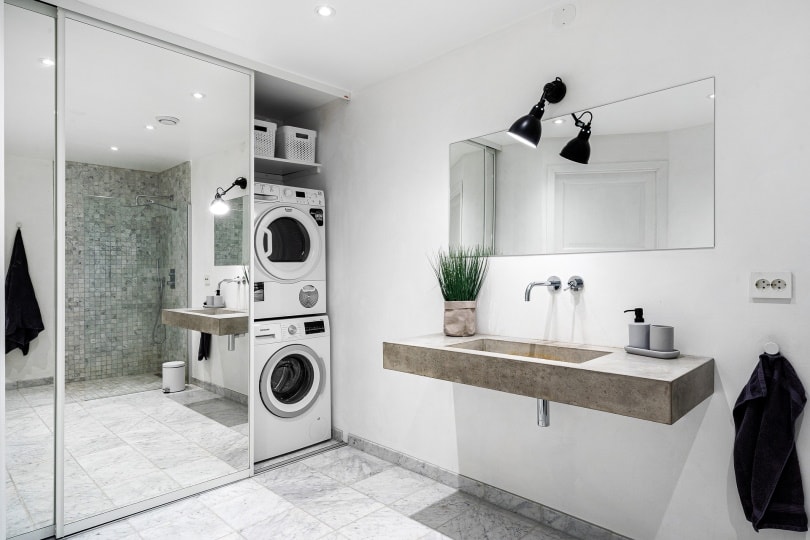
In a ventless combo washer dryer, there’s a small part called the heat exchange: a part you won’t find in most traditional dryers. The heat exchanger works very much like the radiator in a car. It takes hot air and passes it through a series of water-cooled metal fins. The water-cooled fins absorb the heat and condense the moisture, sending it to the drain.
What Are the Types of Combo Washer Dryers?
There are two types of combo machines: vented and ventless. As we mentioned earlier, a vented combo washer dryer heats your clothing in the drum, which creates steam. That steam is then forced out of a vent in the appliance with a blower. A ventless combo washer dryer goes a step further, sending the steam to a condensing tank where it cools and is drained via the drainage hose on the back of the appliance.
This difference is more significant than some people may realize, all due to the steam. While steam isn’t toxic or “bad” per se, it can cause problems for some surfaces. Water-based paint can dry out and separate from your walls. Unsealed wood and unglazed tile can be affected by steam, also causing mold and mildew to form on them.
Steam, ironically, is also problematic for electronic appliances like, you guessed it, combo washer dryers. Steam can also cause wallpaper to peel and anything made with paper to warp and degrade faster. That’s why, if you have a vented machine, you should always have pepper ventilation when it’s running.
Where Is It Used?
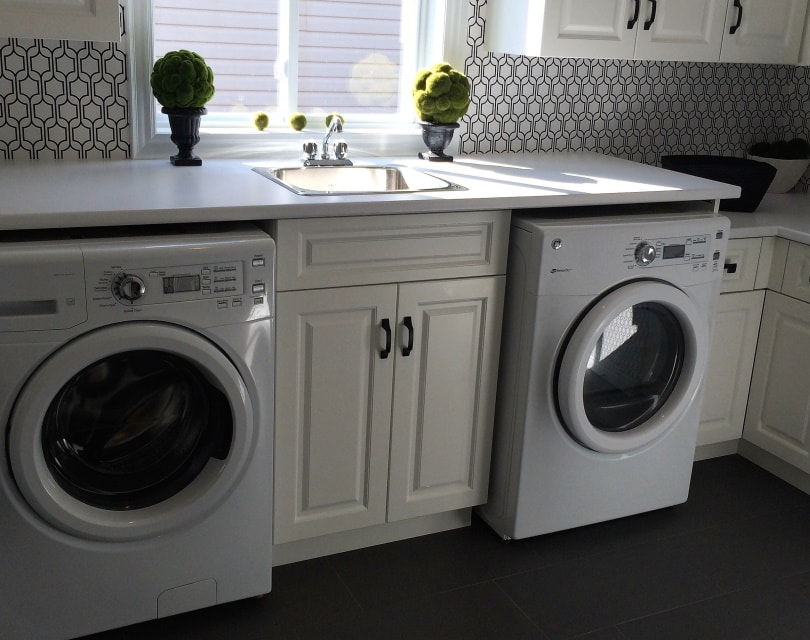
Combo washer dryers are found in hundreds of thousands of homes. Most of the time, they are purchased by consumers with very little space and not enough for a full-size washer and a full-size dryer. You’ll find them in tiny homes, micro-apartments, dorm rooms, and in-law suites, among other tiny locations where space comes at a premium.
- Space efficiency. A combo washer dryer takes up half the space of a traditional washer and dryer.
- They are gentler on your clothes. Because they use a horizontal-axis drum, combo washer dryers don’t beat up your clothes like traditional washing machines.
- They are easy to use. With just a few button clicks, you can walk away and, when you come back, your clothes will be clean and
- You have the option to either wash or dry only. This option can be helpful with delicate clothing.
- The dryers in ventless combo washer dryers use 50 to 70% less energy than traditional dryers.
- You can use ventless combo washer dryers practically anywhere with no risk of damage due to steam.
- The capacity that you can dry in most combo washer dryers is about half of what you can wash. That means you need to reduce the size of your loads.
- You can’t run another new load while the machine is working. For example, with a traditional washer and dryer, you can wash another load while a load of clothes is drying. With a combo washer dryer, you must wait until the first load is washed and dried before you can start a new load.
- Combo washer dryers are more complicated than traditional washers and dryers and thus have a higher risk of repairs.
- Top-of-the-line combo washer-dryers can be much more expensive than buying a standalone washer and dryer.
- Combo washer models use a staggering amount of water. That can be a big problem in places where water is scarce.
- Although they’ve improved recently, combo washer dryers are the least reliable large appliance.
- While they wash well, combo washer dryers are known to have problems drying clothes well.
Frequently Asked Questions (FAQ)
Which combo washer is the most popular, vented or ventless?
Today, almost every model of combo machine on the market is ventless.
How big are the load sizes I can place in a combo?
The typical load capacity for a combo washer dryer is 13 to 15 pounds (6 to 7 kilograms).
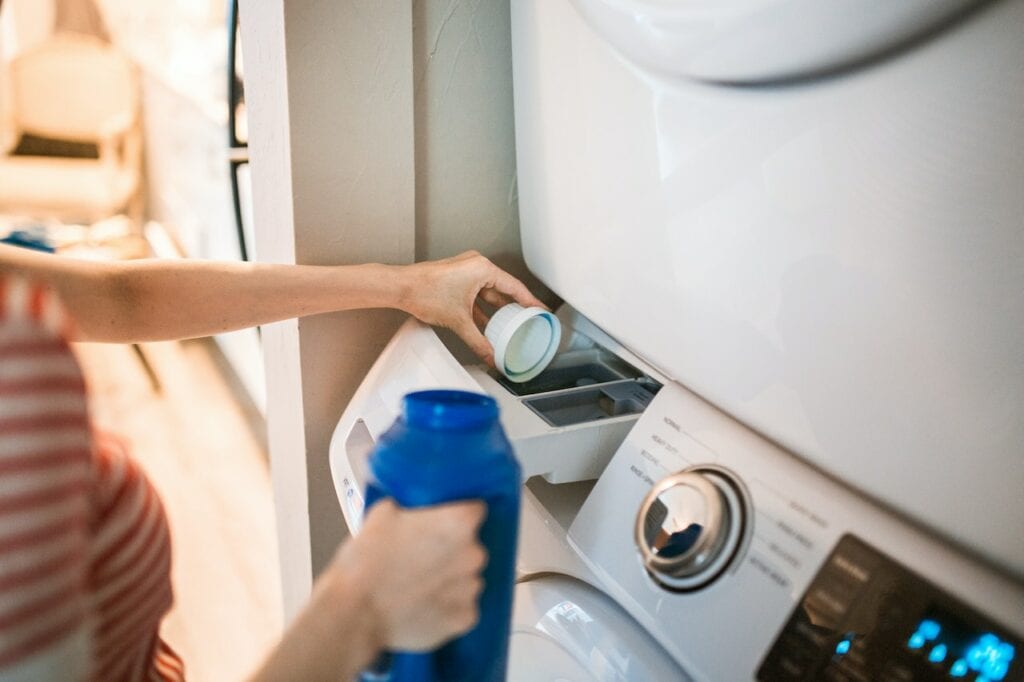
Are dryer load sizes smaller than washer load sizes with a combo?
Yes, which can be a serious drawback. The dryers in most combos can only dry about half the load of their washers, about 7 to 9 pounds (3 to 5 kilograms).
Which takes longer; drying with a vented combo washer dryer or with a ventless machine?
A ventless combo machine usually will take about 20% longer than a vented machine. Some, however, take a lot longer.
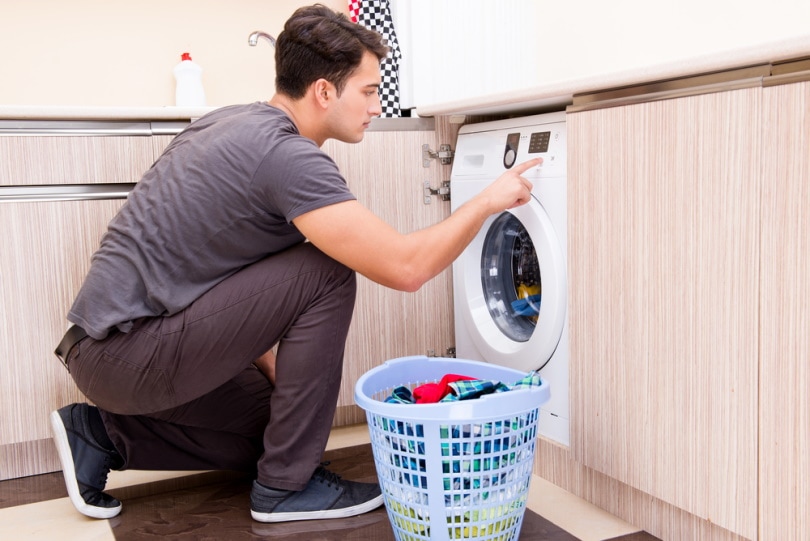
Can you connect a combo washer and dryer to the sink in your kitchen?
Yes. You can use a combo almost anywhere if you have access to water, electricity, and a drainage solution. Some people put them under their kitchen counter like a dishwasher!
Is it easy to move a combo machine around?
Not particularly, unless you purchase casters or a base with casters. Without that, moving the large appliance around will be just as difficult as a traditional washer.
Can you wash or dry only with a combo washer and dryer?
Yes, you can. If, for example, you want to wash a load, remove some items, and then put some items back to dry, you can. You can also dry wet clothes or clean dirty clothes and hang them on a clothes tree or a laundry line.

Are combo models smaller than traditional washing machines?
In many cases, yes, they are. That’s another reason some consumers purchase them, as they take up less space than a standard washer.
Is a combo washer and dryer a good choice for a large family?
Probably not. Large families usually have lots of dirty clothes to wash every week. A combo might not be up to the task of washing and drying all that laundry.
Where do most consumers install their combo washer dryers?
In or very close to the kitchen. Some install their combo units right under their kitchen counter.
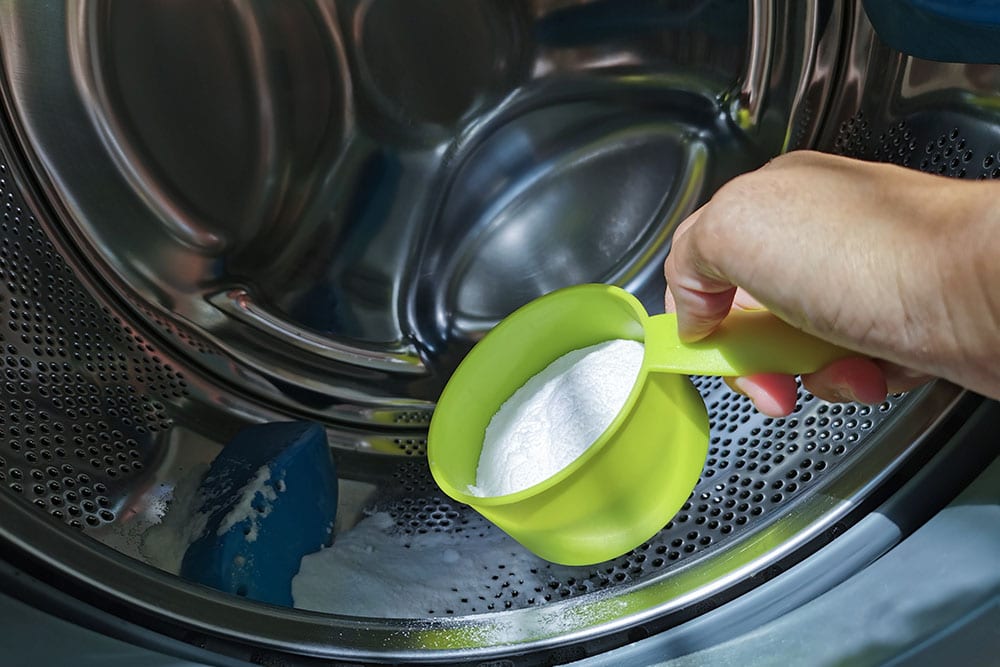
How can I speed up the time it takes for my clothes to dry?
Put smaller loads in the dryer of your combo machine.
Why do my clothes still feel damp when the drying cycle is done?
That damp feeling is caused by residual humidity, which dissipates within a few minutes after removing them.
Is lint a problem with combo washer dryers?
It can be, yes. Lint can clog the machine and make a mess. Some people have their combo washer dryers frequently cleaned by pro cleaning services.
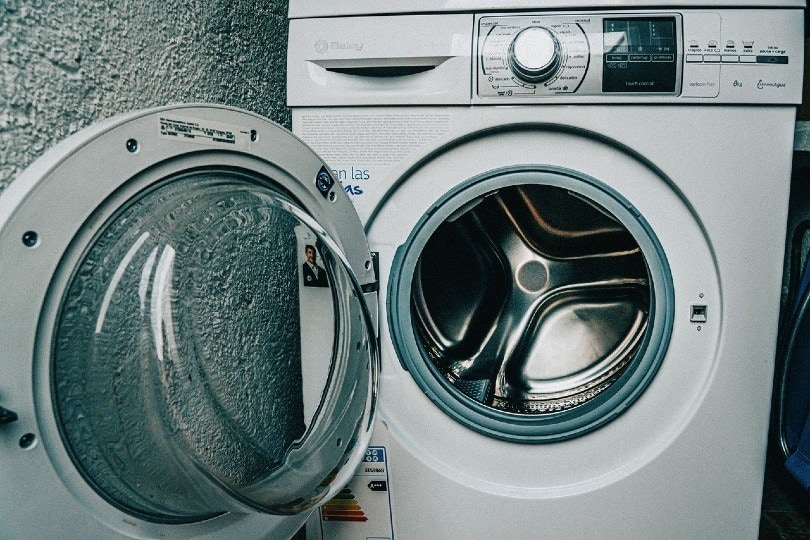
Do combo washer-dryers use the same detergent, bleach, and fabric softeners used in traditional washers?
Yes, they do, although gel bleaches aren’t recommended.
Final Thoughts
The dryers on combo machines can only handle about half the clothes as the washer, which can be time-consuming if you have a large load (or loads) to clean. They take longer and, for many consumers, have more drawbacks than benefits. Still, if space is at a minimum in your home, combo washer-dryers are a great solution. They’re much smaller than traditional washers and dryers and can even be placed under the countertop in your kitchen! One thing is certain; if your living space is cramped, a combo can be a lifesaver.
Featured Image Credit: stevepb, Pixabay
Contents

